Category Archives: Data
Questions to Ask Before Starting Data Analysis
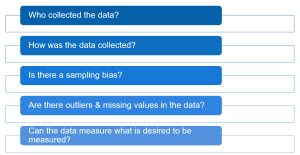
Data analysis is a crucial part of any business or organization. It helps make decisions and assists in strategy development. But before you can dive into the data, there are several questions that need to be answered first. These questions will help you understand whether you have right kind of data for analysis purpose in addition to defining your goals for data analysis. As data scientists or data analysts, it is your job to ask the right questions. Let’s take a look at some important questions to ask before starting data analysis. Who collected the data? When it comes to data analysis, it is essential to know who collected the …
Data Variables Types & Uses in Data Science
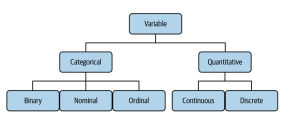
In data science, variables are the building blocks of any analysis. They allow us to group, compare, and contrast data points to uncover trends and draw conclusions. But not all variables are created equal; there are different types of variables that have specific uses in data science. In this blog post, we’ll explore the different variable types and their uses in data science. The picture below represents different types of variables one can find when working on statistics / data science projects: Lets understand each types of variables in the following sections. Categorical / Qualitative Variables Categorical variables are a type of data that can be grouped into categories, based …
Data Governance Goals Explained with Examples
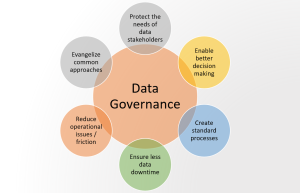
Data governance is an important element of any organization’s data management strategy. It provides a framework for creating, managing and monitoring data within an organization. This ensures that the data is accurate, consistent, secure, and compliant with all relevant regulations. It also allows organizations to make informed decisions based on quality data. In this blog post, we will explore the goals and objectives of good data governance and provide some examples to help you implement it in your organization. Here is the picture representing the most important goals of data governance: Protect the needs of data stakeholders Data governance helps protect the needs of data stakeholders by ensuring that the …
Data Catalog Concepts, Tools & Examples
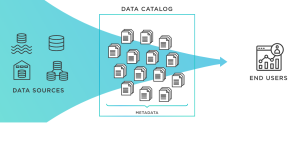
A data catalog is a comprehensive collection of information about an organization’s data assets, and it serves as the foundation for making informed decisions about how to manage and use data. This includes all types of data, structured or unstructured, spread across multiple sources including databases, websites, stored documents, and more. A good data catalog should provide users with the ability to quickly identify what types of data are available within the organization, where they are located, and who owns them. In this blog, we will learn basic concepts of data catalog along with some examples. What is Data Catalog? A data catalog is a comprehensive inventory of all the …
Most Common Data Pitfalls to Avoid
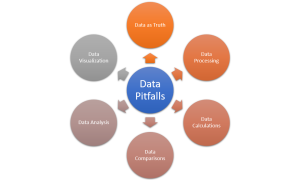
Working with data can be a powerful tool, but there are some common pitfalls that a data professionals including data analysts & data scientists should always be aware of when gathering, storing, and analyzing data. Good data is essential for any successful analytics project, and understanding the most common data pitfalls will help you avoid them. In this blog, we will take a look at what these mistakes are and how to avoid them. The picture below represents the most common data pitfalls to avoid. Considering Data as the Truth One major data pitfall is when people consider data as absolute truth (reflection of reality) without taking any other factors …
Scaling Techniques for Relational Databases
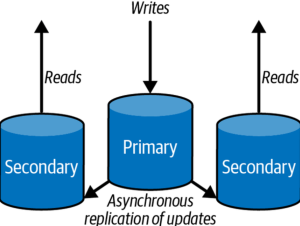
When it comes to relational databases, scaling can be a difficult process. As data volume increases, the performance of the database can suffer. To ensure that your database continues to perform at its best, you must scale it properly. In this blog post, we’ll explore some of the techniques used to scaling up and scaling out the relational databases for maximum performance. Scaling up Scaling up (vertical scaling) of a relational database is the practice of increasing the capacity of a single server, either by adding more memory, processors, and/or storage to the existing setup. As a matter of fact, this technique can also be used for non-relational databases. This …
Open Source Web Scraping Tools List
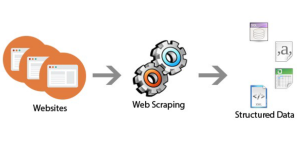
If you’re looking for a cost-effective way to access the data that matters most to your business, then web scraping is the answer. Web scraping is the process of extracting data from websites and can be used to gather valuable insights about market trends, customer behavior, competitor analysis, etc. To make this process easier, there are plenty of open source web scraping tools available. Let’s take a look at some of these tools and how they can help you collect and analyze data with greater efficiency. Beautiful Soup Beautiful Soup is a Python library designed for quick turnaround projects like screen-scraping. This library allows you to parse HTML and XML …
Data-Driven Decision Making: What, Why & How?
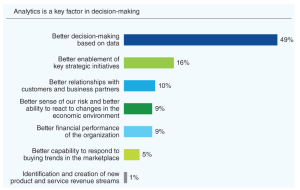
Data-driven decision-making is a data-driven approach to making decisions to achieve desired outcome. More precisely, data-driven decision making is an insights-driven approach to drive decisions and related actions. The data can come from internal and external data sources to avoid data biases. Data-driven decision-makers use data in their decision process to validate existing actions or take new actions (predictive or prescriptive analytics). They make decisions based on the actionable insights generated from the data. The goal is to make informed decisions while ensuring trust & transparency across the stakeholders & organization as a whole. It can be noted that data-driven decision making provides great thrust to digital transformation initiatives. In …
Data Analyst, Data Scientist or Data Engineer: What to Become?
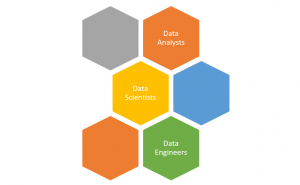
There is a lot of confusion surrounding the job designations or titles such as “data analyst,” “data scientist,” and “data engineer“. What do these job titles mean, and what are the differences between them? Before selecting one of these career path, it will be good to get a good understanding about these job titles or designations, related roles & responsibilities and career potential. In this blog post, we will describe each title / designation and discuss the key distinctions between them. By the end of this post, you will have a better understanding of which career path and related designations are right for you! Shall I become a data analyst? …
Data Governance Framework Template / Example
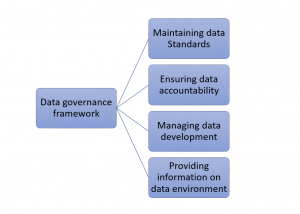
Data governance is a framework that provides data management governance. It’s the process of structuring data so it can be governed, managed and used more effectively. Data governance framework forms the key aspect of data analytics strategy. This blog post will discuss key functions of a standard data governance framework and can be taken as a template or example to help you get started with setting up your data governance program. What is Data Governance Framework? Data governance can be defined as enterprise-wide management of data from availability, usability, security and integrity standpoint. The data governance framework is intended to put some structure around how data can be managed and …
Data Warehouse vs. Data Lake – Differences, Examples
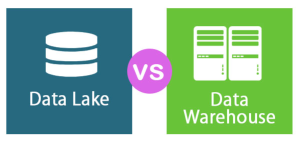
When it comes to data storage, there are two distinct types of solutions that you can use—a data warehouse and a data lake. Both of these solutions have their own benefits, but it’s important to understand the key differences between them so that you can choose the best option for your needs. Let’s take a closer look at what makes each solution unique. What is a Data Warehouse? A data warehouse is defined as an electronic storage system used for reporting and analysis. Data warehouses store data in a structured (row-column) format. It typically contains aggregated collections of data from multiple sources, which come together in one database. A data warehouse …
Designing & Building Data Products – Best Practices
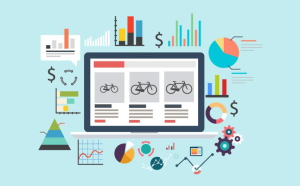
For those in the analytics industry, designing and building data products is a critical part of the job. It’s important to understand how to design and build data products that are useful, efficient, effective and loved by the end customers. In this blog post, we will discuss some best practices for designing and developing innovative data products. It’s important to keep these best practices in mind when developing data products / solutions as they can help ensure your product is successful. Call out Decision – Action – Outcome Hypothesis It is important to call out decision-action-outcome hypotheses when building data products because it serves as a blueprint for designing, testing …
Data Warehouse Concepts & Examples
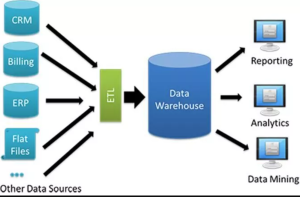
A data warehouse is a system used for reporting and data analysis, and is considered a core component of business intelligence. Data warehouses are centralized repositories of integrated data from one or more disparate sources. They store current and historical data in one single place that can be used to answer business questions. Data warehouses are used to support business intelligence applications. Business intelligence applications are used to make decisions about the operation of the business. A data warehouse is usually populated with data from an operational database, which contains transactions. The process of populating the data warehouse is called Extract, Transform, and Load (ETL). This process cleans, transforms, and …
Data Models Types, Uses & Examples
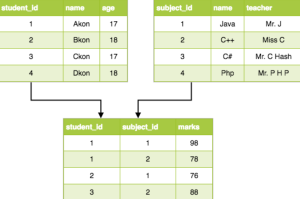
A data model is a collection of concepts that can be used to describe the structure of a database. When it comes to data modeling, there are several different types of models that data analysts and data modelers can use. There are several different types of data models, and each has its own strengths and weaknesses. Some of most popular types of data models are the relational model, the dimensional model, and the hierarchical model. In this blog post, we will provide a brief overview of different types of data model and when you might use each one with the help of real world examples. The Relational Data Model The …
Role of Data in Digital Transformation

In order to understand the role of data in digital transformation, it is important to first understand what digital transformation is. Digital transformation is the process of using digital technologies to create new or improved business processes, products, or services. This can be done through the use of big data, cloud computing, mobile technologies, and the Internet of Things (IoT). Data is a key enabler of digital transformation. It helps organizations to identify new opportunities, make better decisions, and improve operational efficiency. Big data, in particular, is playing an increasingly important role in digital transformation initiatives. Big data refers to large volumes of data that can be structured, unstructured, or …
Data Lineage Concepts, Examples & Tools
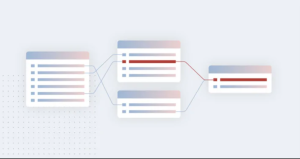
Data lineage can be a complex and confusing topic. It’s hard to know where your data comes from, how it’s been changed, and what the impact of those changes has been. Data lineage tools make tracing data easy and straightforward. By understanding your data’s history you can more effectively troubleshoot issues, optimize processes, and make better decisions. In this blog, you will learn about data lineage concepts, examples, and tools. As a data professional, you must have a strong understanding of data lineage. What is Data Lineage and why is it important? Data lineage is a term used in data management to describe the path that data takes from its …
I found it very helpful. However the differences are not too understandable for me